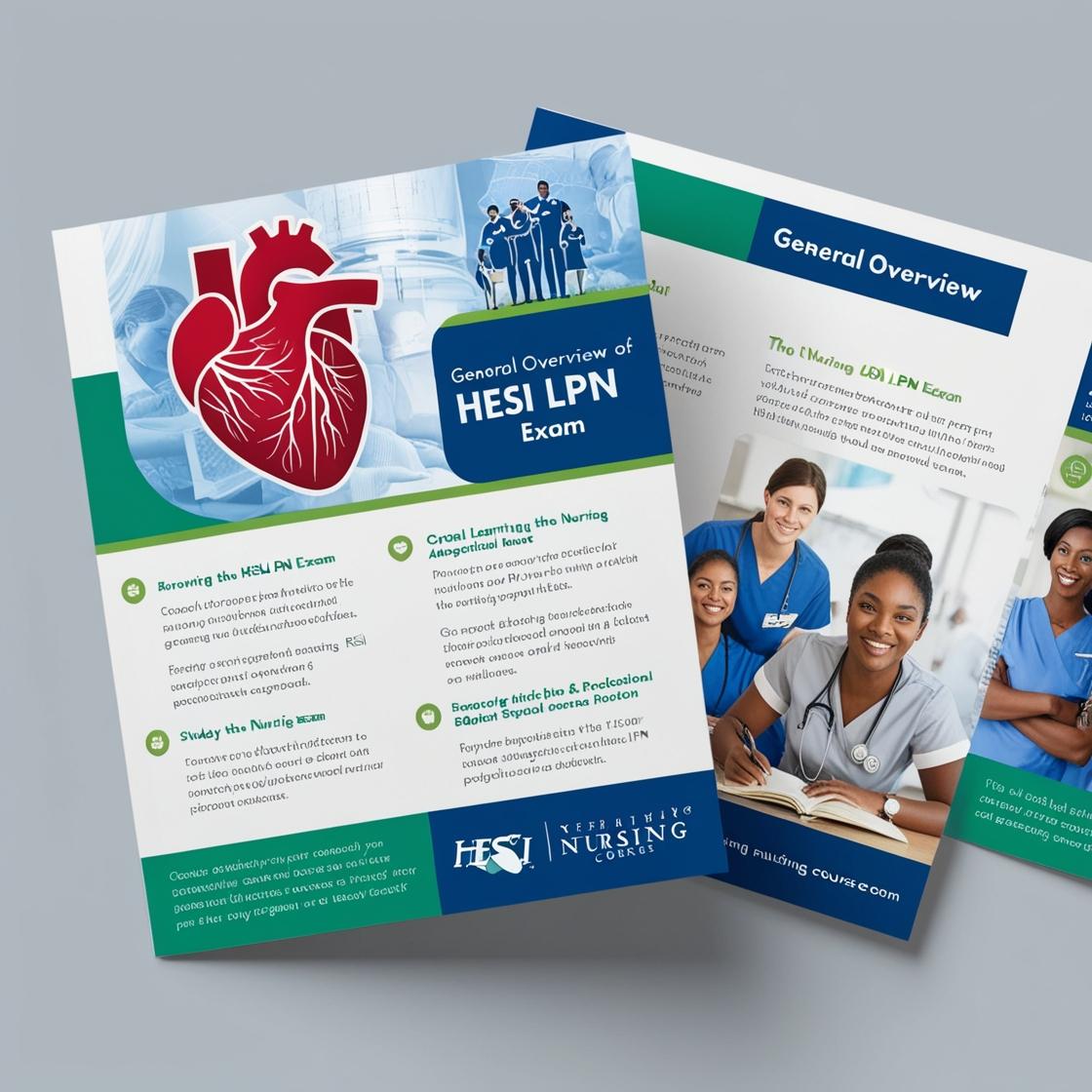HESI LPN
HESI Fundamentals Exam Test Bank
1. When applying an ice bag to a client's ankle following a sports injury, which of the following actions should the nurse take?
- A. Fill the bag two-thirds full with ice.
- B. Apply the ice bag directly to the skin with a barrier.
- C. Keep the ice bag on for more than 30 minutes at a time.
- D. Use a frozen gel pack instead of ice.
Correct answer: A
Rationale: Filling the ice bag two-thirds full is the correct action as it ensures the effectiveness of the ice application while allowing some space for the ice to move and conform to the injury. Choice B is incorrect because the ice bag should be applied with a barrier like a cloth to prevent direct contact with the skin, which can lead to ice burns. Choice C is wrong as ice should typically be applied for 20 minutes at a time to avoid tissue damage. Choice D is also incorrect as ice is preferred over frozen gel packs for immediate sports injury management.
2. While caring for an older adult client who is violent and attempting to disconnect her IV lines, the provider prescribes soft wrist restraints. Which of the following actions should the nurse take while the client is in restraints?
- A. Remove the restraints one at a time
- B. Secure the restraints tightly to prevent movement
- C. Check the restraints every hour
- D. Use leather restraints for additional security
Correct answer: A
Rationale: Removing restraints one at a time is the correct action to take when caring for a client in soft wrist restraints. This approach ensures safety and comfort while still maintaining the necessary restrictions. Choice B is incorrect as securing the restraints tightly can lead to circulatory issues and discomfort. Choice C of checking the restraints every hour is a reasonable action, but it is not the priority when compared to the correct choice of removing the restraints one at a time. Choice D of using leather restraints for additional security is unnecessary and may be more restrictive and uncomfortable for the client.
3. A client has left lower atelectasis. In which of the following positions should the nurse place the client for postural drainage?
- A. Supine and low Fowler's position
- B. Right lateral in Trendelenburg position
- C. Side lying with the right side of the chest elevated
- D. Prone with pillows under the extremities
Correct answer: B
Rationale: Postural drainage is a technique used to help remove secretions from specific lung segments. For left lower atelectasis, placing the client in the right lateral Trendelenburg position is most effective. This position helps target the affected area, using gravity to assist in drainage. Placing the client in a supine or low Fowler's position (Choice A) may not effectively target the affected area. Side lying with the right side of the chest elevated (Choice C) would not utilize gravity for optimal drainage. Placing the client prone with pillows under the extremities (Choice D) is not ideal for postural drainage of the left lower lobe.
4. What is the most important action for preventing infection in a client with a central venous catheter?
- A. Changing the catheter dressing every 72 hours.
- B. Flushing the catheter with heparin solution daily.
- C. Ensuring the catheter is clamped when not in use.
- D. Maintaining sterile technique when handling the catheter.
Correct answer: D
Rationale: Maintaining sterile technique when handling a central venous catheter is crucial in preventing infections. This action helps minimize the introduction of pathogens into the catheter site, reducing the risk of contamination and subsequent infection. Changing the catheter dressing every 72 hours, while important, does not directly address the prevention of infection at the insertion site. Flushing the catheter with heparin solution daily helps prevent occlusion but does not primarily focus on infection prevention. Ensuring the catheter is clamped when not in use is essential for preventing air embolism but does not directly relate to infection control.
5. The healthcare provider is caring for a client with a wound infection. Which type of dressing is most appropriate to use to promote healing by secondary intention?
- A. Dry gauze dressing
- B. Wet-to-dry dressing
- C. Transparent film dressing
- D. Hydrocolloid dressing
Correct answer: D
Rationale: Hydrocolloid dressings are ideal for promoting healing by secondary intention in wound infections. These dressings create a moist environment that supports autolytic debridement and facilitates the healing process. Dry gauze dressings (Option A) may lead to adherence, causing trauma upon removal and disrupting the wound bed. Wet-to-dry dressings (Option B) are primarily used for mechanical debridement and can be painful during dressing changes. Transparent film dressings (Option C) are more suitable for superficial wounds with minimal exudate and are not typically used for wound infections requiring healing by secondary intention.
Similar Questions

Access More Features
HESI LPN Basic
$69.99/ 30 days
- 50,000 Questions with answers
- All HESI courses Coverage
- 30 days access @ $69.99
HESI LPN Premium
$149.99/ 90 days
- 50,000 Questions with answers
- All HESI courses Coverage
- 30 days access @ $149.99
